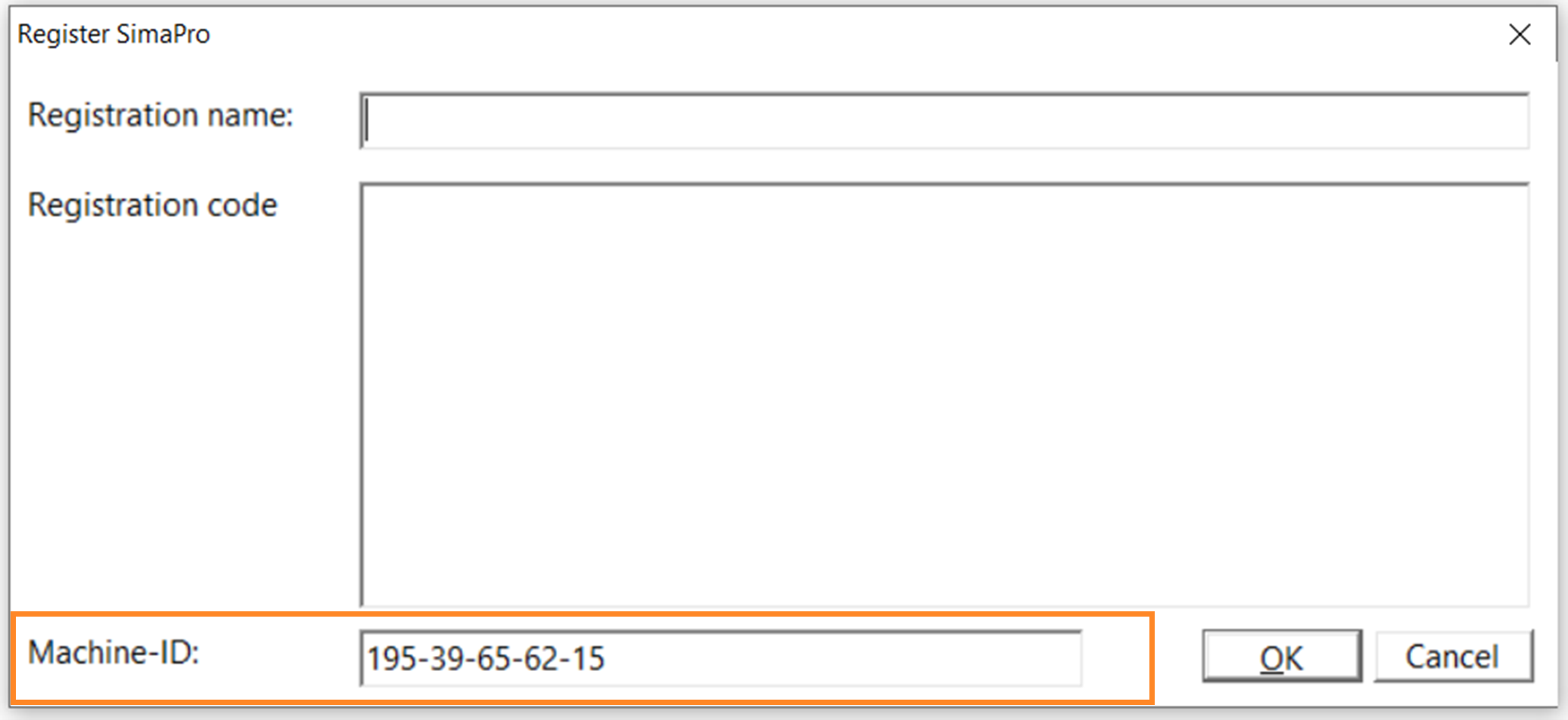
However, while those companies don’t use device fingerprinting, others might. “I don’t see a wide utilization of fingerprinting,” said Mark Connon, COO of Tapad, an ad tech company that specializes in cross-device advertising. Digiday asked seven ad tech companies - BounceX, Dataxu, Index Exchange, LiveRamp, Lotame, Sovrn and Tapad - if they use device fingerprinting, and all seven said that they do not because of the difficulty in providing people with an option to opt out of this kind of tracking. It’s unclear, even among ad tech companies. And Google has proposed, but not implemented, a “ privacy budget” to put a cap on how much of the information used for device fingerprinting a given company can access at a time.ĭo a lot of ad tech companies use device fingerprinting to track people? Mozilla relies on a third-party list that names specific companies that perform fingerprinting and blocks those companies from accessing the information used for fingerprinting. Apple obscures the data that is collected and combined for fingerprinting in an effort to make it harder for companies to use that information to identify a device while still passing enough of the data for sites to load properly. They are taking different approaches to this.


Over the past year, Apple, Google and Mozilla have announced that they will be limiting device fingerprinting within their respective browsers. That’s because the information used for device fingerprinting is basic information that’s passed anytime a website loads in a browser in order to make sure the site loads properly, such as by recognizing that a person is using a browser that doesn’t support a particular feature or is set to view content in a particular language.Ĭan’t web browsers do anything to prevent device fingerprinting? People can use virtual private networks to disguise their IP addresses, but for the most part, device fingerprinting is hard for individuals to prevent. Is there any way for someone to not let companies use device fingerprinting to track them online? And since people can delete cookies from their browsers but are less likely to change operating systems or reset their IP addresses, device fingerprinting can provide a more consistent way of tracking people around the web.ĭevice fingerprinting seems shady. The practice emerged within the online advertising industry as an alternative to the cookie for environments like mobile apps where companies cannot place cookies to definitively track individual devices. They may be right, but they’re effectively making an informed guess about the person’s identity based on this patchwork of information.ĭevice fingerprinting can, in some ways, be a more reliable way of identifying and tracking devices online.

and if someone in the lineup shares those characteristics, the witness may assume that person is the suspect.

A witness may remember certain characteristics of a suspect - like how tall they were, their hair color and length, whether they were male or female, etc. Using device fingerprinting to identify and track someone online is similar to recognizing someone in a police lineup. Unlike the cookie, which is effectively a tracking monitor placed on an individual device, device fingerprinting relies on the probability that a device recognized as having certain attributes on one day is the same device seen with those same attributes on another day. It’s an imperfect method of identification. However, browser makers including Apple, Google and Mozilla have recently targeted device fingerprinting as a privacy-invasive practice that they are looking to eradicate as part of a broader crackdown on online tracking.ĭevice fingerprinting is a way to combine certain attributes of a device - like what operating system it is on, the type and version of web browser being used, the browser’s language setting and the device’s IP address - to identify it as a unique device. For years, device fingerprinting has gone somewhat under the radar as a more surreptitious alternative to the cookie. The cookie is the best-known method for identifying and tracking people online.


 0 kommentar(er)
0 kommentar(er)
